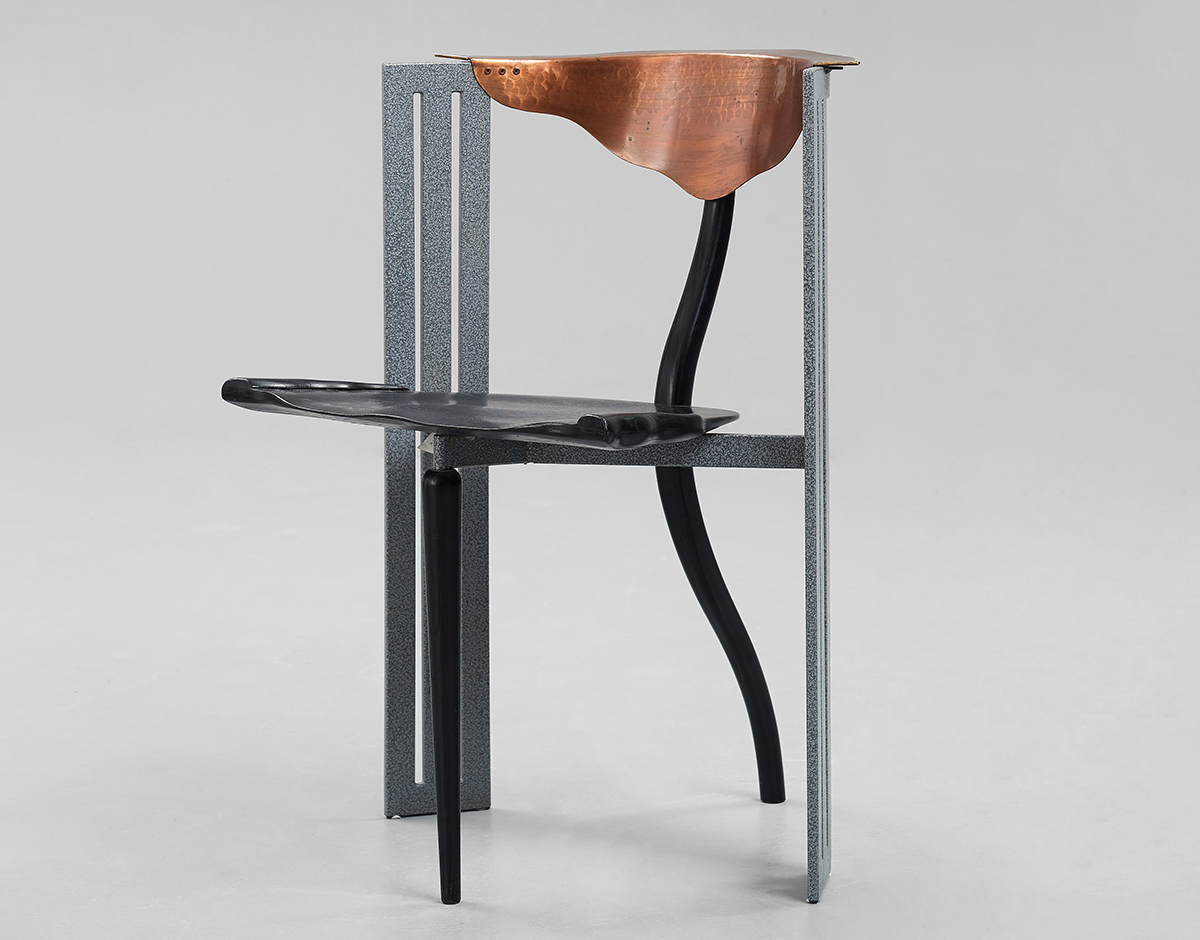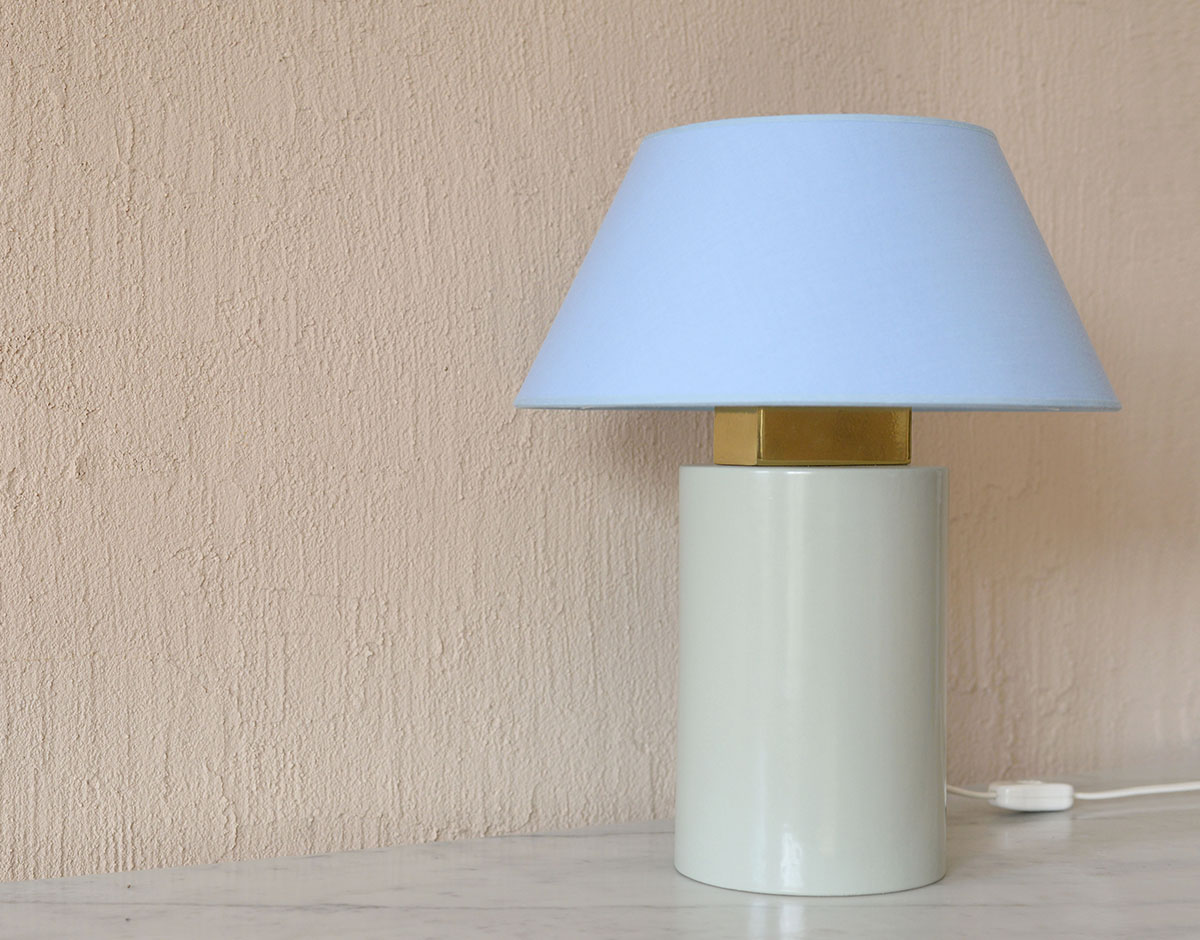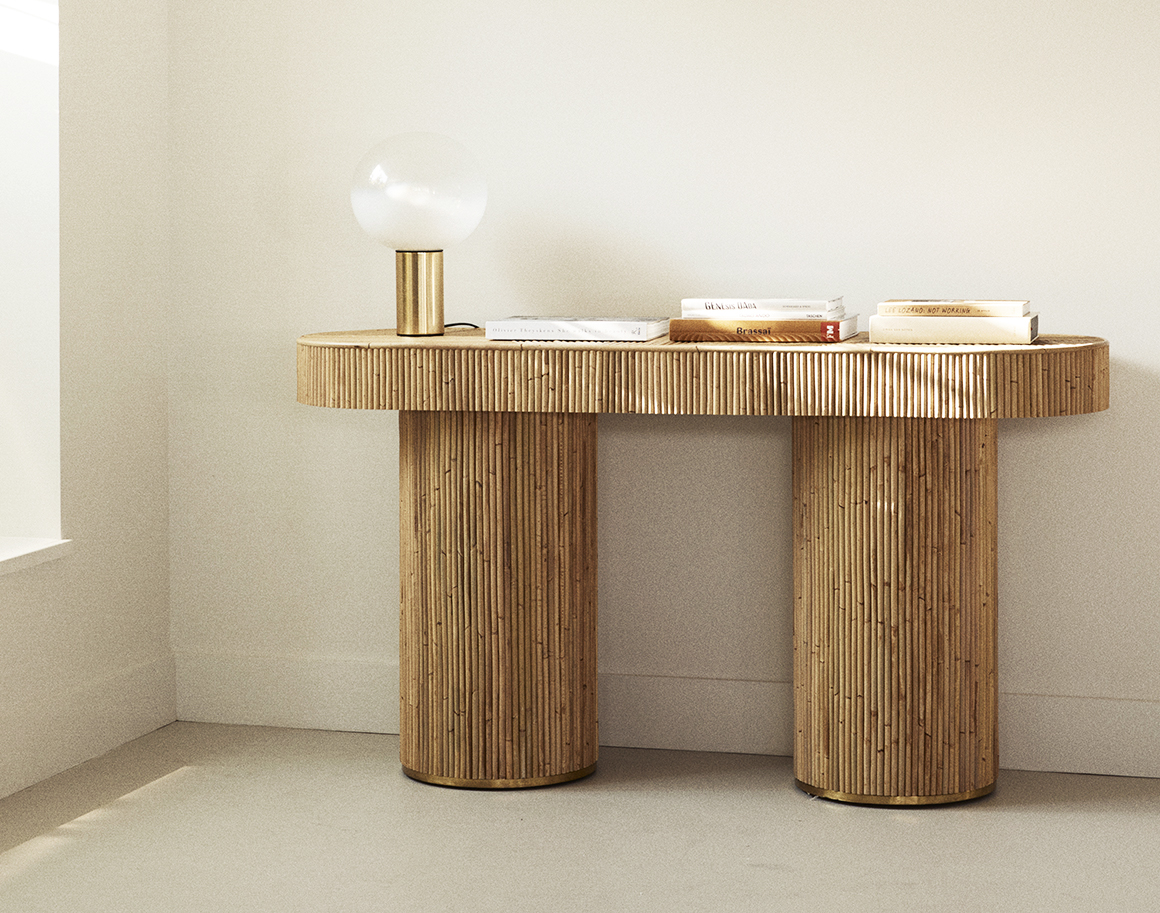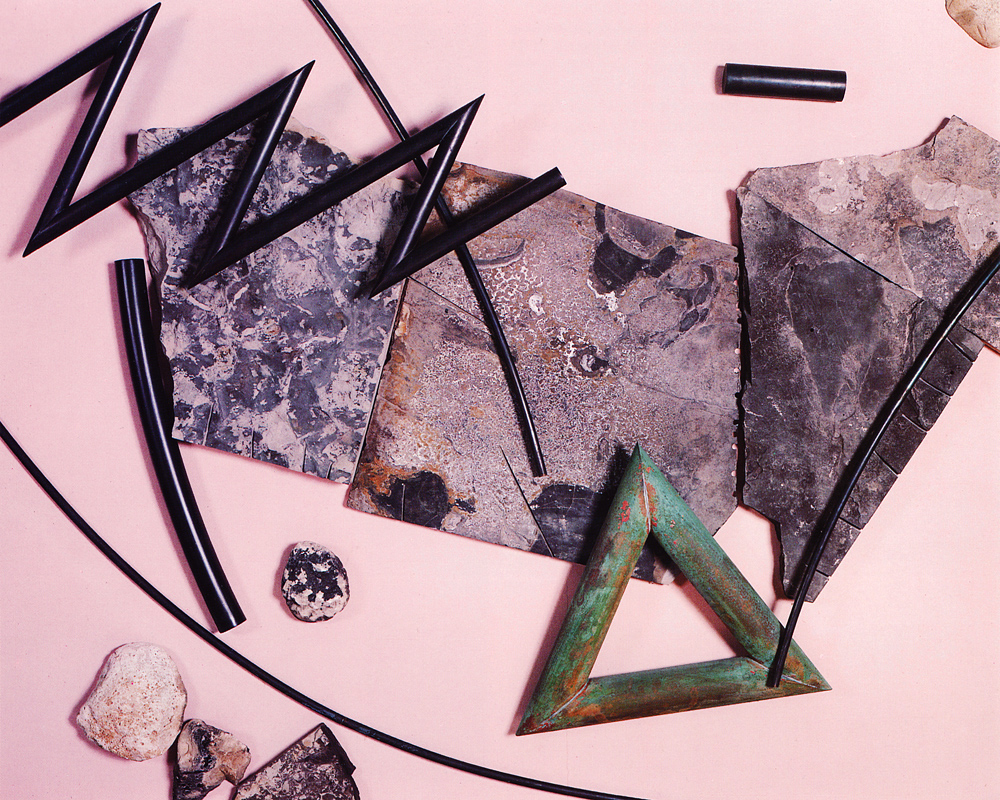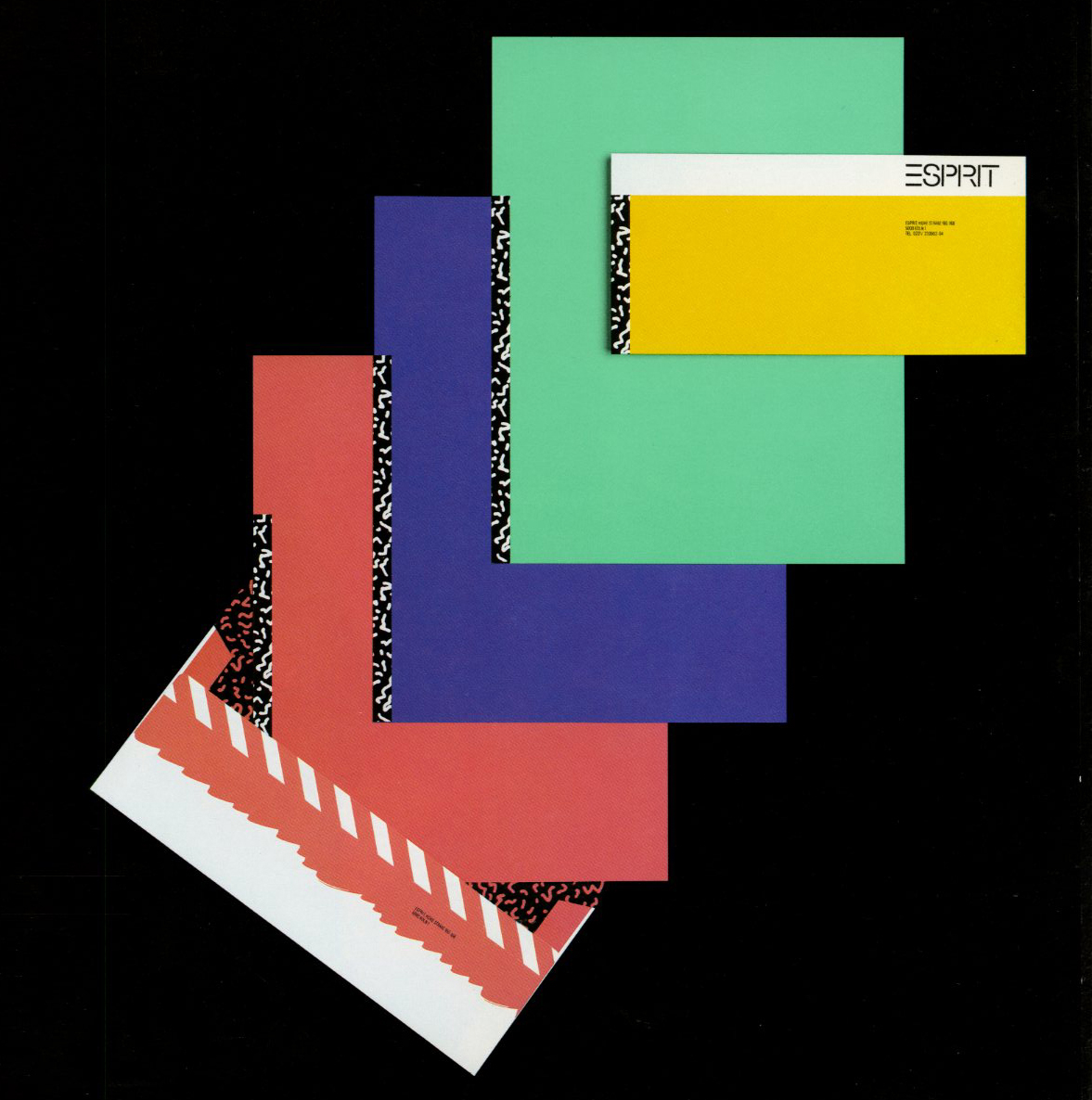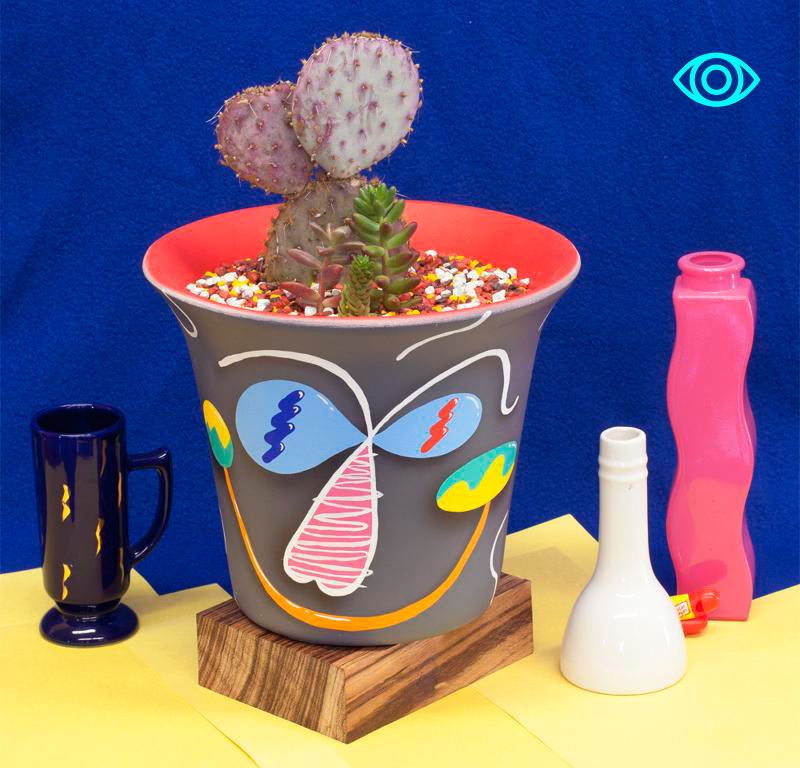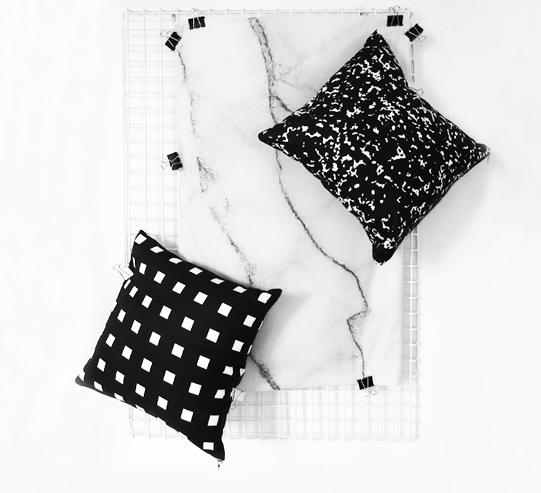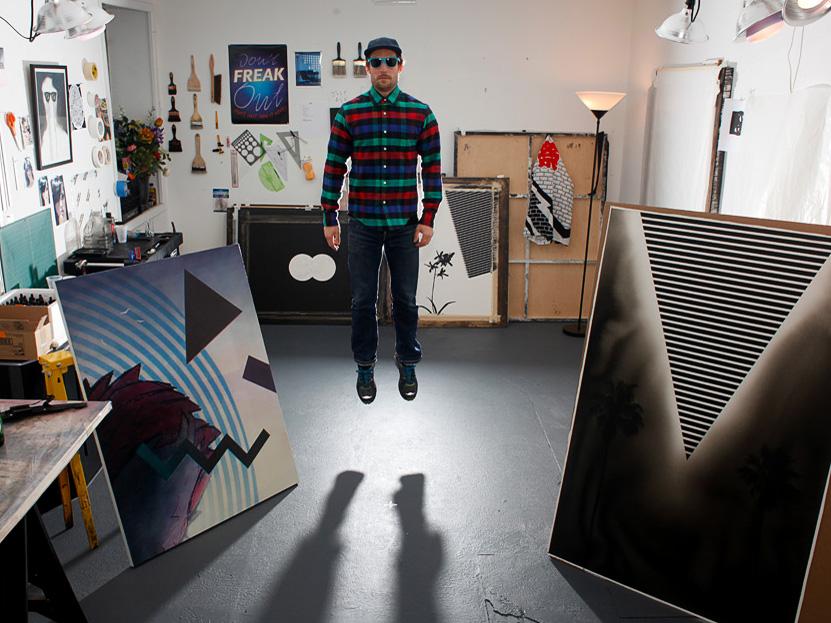Evan Gruzis explored altered states of awareness a few years back, and while he was wigging out, managed to scrawl down such revelatory thoughts as “there once was a movie, it was amazing”; “welcome to the temple of showers, please take a shower in one of our many showers”; and “no bother, it’s just the remix.” Having rediscovered the notes recently, he turned them into a series of works on paper by scanning and enlarging them, cutting out the individual letters, then sweeping over the cutouts with the flat, ’80s-style gradient that forms the background for many of his works, including semi-photorealistic still lifes and geometric abstractions inspired by Saved by the Bell and Memphis. Rather than using an airbrush — “blasphemy!” according to the 31-year-old artist — Gruzis builds up the gradients in meticulous layers of India ink, spreading upwards of 20 separate washes across wet paper with soft squirrel-hair paintbrushes until the effect is practically flawless. “It’s about taking a moment that isn’t even remembered and turning it into this layered, highly crafted, highly rendered thing,” he explains of the acid notes, the kind of process that keeps him locked away in his studio six days a week. “It’s about taking meaninglessness and glorifying it. That’s another way of putting what I do: Making absurdity seductive, and making the seductive vapid, so you get caught in this feedback loop.”
